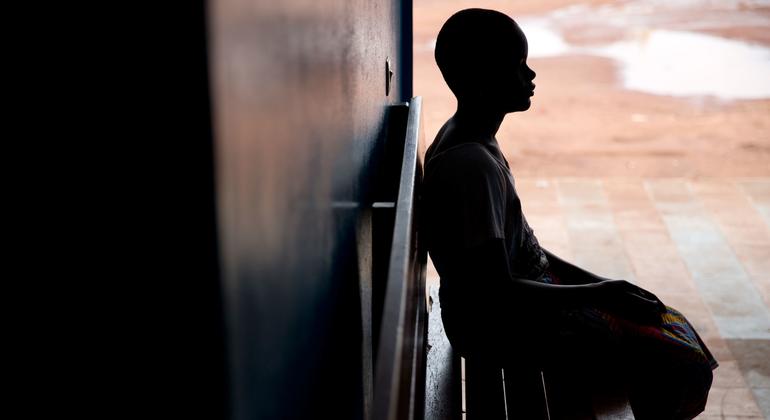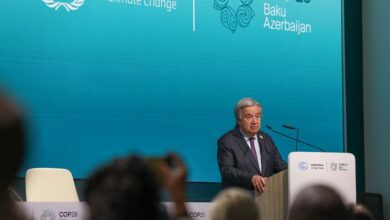Millions of young women suffer at the hands of their partners: WHO


The study was published in the medical journal Lancet Child and Adolescent HealthBased on existing data, this study provides the first detailed examination of the physical and/or sexual violence faced by girls aged 15–19 years in intimate relationships.
Nearly 16 percent, or one in six people, were affected in the past year.
Devastating impact
Dr. Pascale Allotey, Director WHOThe U.S. Department of Sexual and Reproductive Health and Research notes that intimate partner violence is starting at an alarmingly early age for millions of young women globally.
“Because violence during these critical formative years can cause profound and lasting harm, it is important to treat this issue more seriously as a public health issue – focusing on prevention and targeted support.”
WHO says intimate partner violence can have devastating health impacts. It can increase the risk of injury, depression, anxiety disorders, unwanted pregnancy, sexually transmitted infections and many other physical and psychological conditions.
At the same time, academic performance, future relationships and lifelong prospects can also be affected.
Regional differences
Although the problem occurs everywhere, WHO still finds significant differences in incidence.
The most affected regions were Oceania and central sub-Saharan Africa, at 47% and 40% respectively, while the lowest rates were in Central Europe, 10%, and Central Asia, 11%.
Furthermore, intimate partner violence against young women is most prevalent in low-income countries and regions, where fewer girls attend secondary school and where girls have weaker legal property rights and inheritance rights than men.
Early marriage – before a girl turns 18 – also significantly increases the risk, the WHO says. The age difference between spouses creates power imbalances, economic dependence and social isolation – all of which increase the likelihood of abuse.
Prevent, protect, empower
To address this, WHO highlights the urgent need to strengthen and support early prevention services and measures for adolescents.
This needs to be accompanied by actions that promote the rights and activism of women and girls, including school-based programmes to educate both girls and boys about healthy relationships and protection against violence, legal protection and economic empowerment.
The UN health agency reiterated that currently, no country is on track to eliminate violence against women and girls by 2030, in line with the Sustainable Development Goals (SDGs). target.
Therefore, ending child marriage – which affects one in five girls globally – and expanding access to secondary education for girls will play a key role in reducing domestic violence against adolescent girls, WHO said.
Equality and education
“The study shows that to end gender-based violence, countries need policies and programmes that promote equality for women and girls,” said Dr Lynnmarie Sardinha, Technical Officer for Data and Measurement of Violence Against Women at WHO, and author.
“This means ensuring secondary education for all girls, ensuring gender-equal property rights, and ending harmful practices like child marriage, which are often reinforced by the same gender-inequitable norms that perpetuate violence against women and girls.”




